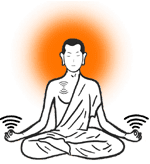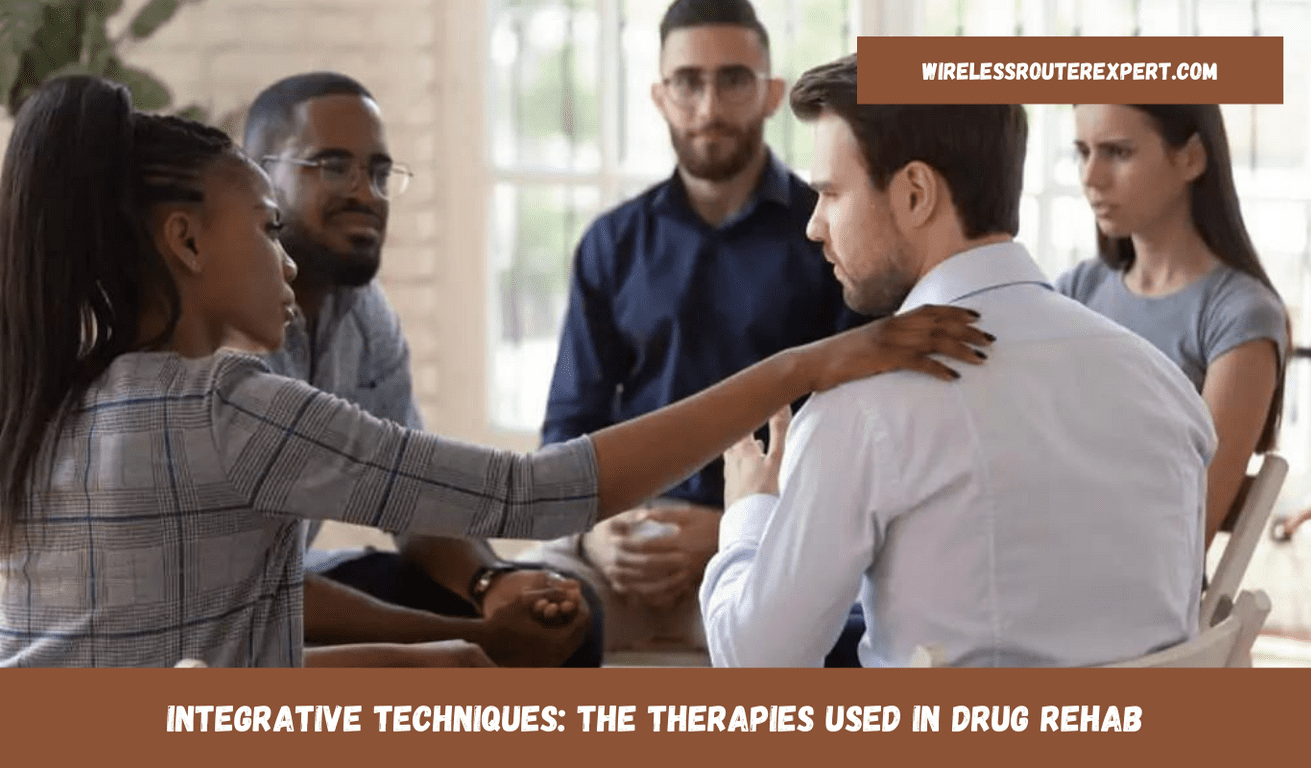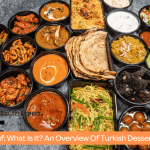A range of therapy modalities are included in drug recovery with the goal of treating the many issues associated with addiction. Evidence-based therapies are combined with integrative strategies to offer patients pursuing recovery all-encompassing assistance. In this post, you’ll go over five important aspects of the integrative methods frequently employed in drug treatment centers.
1. Cognitive-Behavioral Therapy (CBT):
Since cognitive-behavioral therapy (CBT) effectively addresses the root causes of addiction, it is widely regarded as one of the pillars of drug rehabilitation. This therapy method is based on the idea that dysfunctional attitudes and actions cause drug misuse and related issues. Individuals learn to identify the harmful thinking patterns and beliefs that underpin addictive behaviors through CBT sessions.
Therapists then work with clients to disprove these notions and replace them with more useful and reasonable ones. Furthermore, CBT gives people useful coping mechanisms to handle stress, triggers, and cravings without turning to drugs. Through developing self-awareness, self-control, and problem-solving skills, cognitive behavioral therapy (CBT) enables people to take charge of their recovery process and lay the groundwork for sustained sobriety.
2. Dialectical Behavior Therapy (DBT):
Since dialectical behavior therapy (DBT) focuses on treating the complex emotional and behavioral problems that are frequently linked to addiction, it has become a very successful strategy in drug rehabilitation. This treatment emphasizes developing skills to control emotions, manage stress, and improve interpersonal relationships. It blends mindfulness practices with cognitive-behavioral strategies. DBT encourages acceptance and affirmation of one’s experiences while teaching people how to recognize and confront harmful thinking patterns.
DBT helps people become more conscious of their thoughts, feelings, and physical sensations by using deep breathing and meditation techniques. This enables them to respond to events more effectively rather than impulsively. DBT tackles underlying issues that lead to addiction, making it especially helpful in drug treatment settings for those with co-occurring mental health illnesses like depression or borderline personality disorder.
3. Motivational Interviewing (MI):
An effective therapeutic approach that is frequently used in the setting of drug rehab is motivational interviewing (MI). This client-centered method addresses ambivalence and resolves conflicting emotions around substance use in order to promote intrinsic desire and commitment to change. MI increases people’s feelings of self-efficacy and willingness for change, which enables them to actively participate in the recovery process and create beneficial behavioral adjustments.
Sessions at Austin, Texas, drug rehab centers offer a safe space for patients to share their worries, beliefs, and objectives freely. This allows therapists to help sufferers make better choices and change their behavior. Centers for Drug Rehab in Austin strive to assist long-lasting recovery and improve general well-being in people who are fighting dependence by enforcing MI into remedy packages.
4. Holistic Therapies:
Because holistic therapies address the linked facets of addiction and promote total well-being, they are essential to drug rehabilitation. For instance, yoga helps people become more physically flexible, manage stress, and develop inner calm by combining physical postures, breathing exercises, and mindfulness practices. By encouraging a quiet and concentrated state of mind, meditation techniques, such as mindfulness meditation and guided visualization, assist people in managing their emotions, controlling appetites, and developing present-moment awareness.
Through creative self-expression and emotional exploration, art therapy helps people process trauma, increase their sense of self-worth, and create healthy coping strategies. With its roots in ancient Chinese medicine, acupuncture stimulates energy flow and restores balance by inserting tiny needles into certain body locations.
5. Family Therapy:
Given the substantial influence that family ties have on the healing process from addiction, family therapy is a fundamental component of drug rehabilitation programs. Family therapy sessions involve facilitated conversations and activities between individuals and their loved ones to resolve relationship difficulties, enhance communication, and re-establish trust.
To investigate family dynamics, spot dysfunctional tendencies, and encourage more positive interpersonal interactions, therapists foster open communication. Family members need to share their thoughts, feelings, and experiences with addiction in order to build empathy, validation, and understanding among one another. People who actively include their family members in their therapy gain priceless accountability, support, and encouragement as they work through the obstacles of recovery.
Conclusion:
When it comes to treating the complexity of addiction, integrative approaches in drug rehab provide a multidimensional approach that includes family engagement, evidence-based therapy, and holistic practices. Drug treatment clinics include a variety of therapeutic techniques in order to provide comprehensive care that is tailored to each client’s unique needs. This approach promotes long-lasting recovery and an enhanced quality of life.





